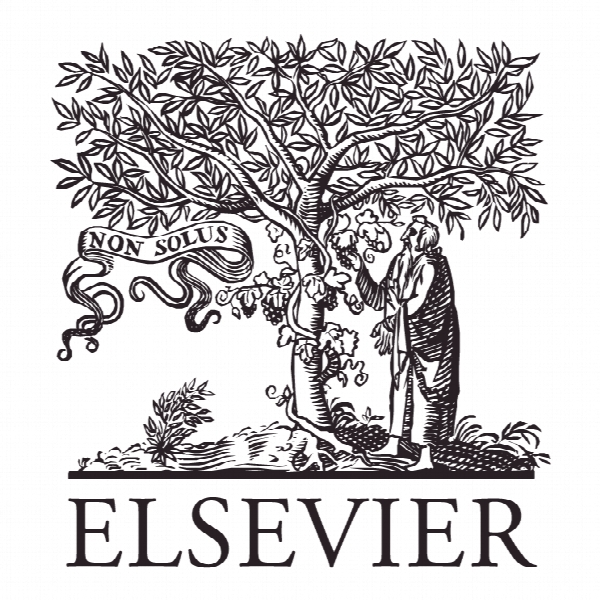استراتژی های تبلیغاتی برای محصولات با تکنولوژی بالا: اثرات نوآوری مصرف کننده و محصول Branding strategies for high-technology products: The effects of consumer and product innovativeness
- نوع فایل : کتاب
- زبان : انگلیسی
- ناشر : Elsevier
- چاپ و سال / کشور: 2017
توضیحات
رشته های مرتبط مدیریت
گرایش های مرتبط بازاریابی و مدیریت کسب و کار MBA
مجله تحقیقات بازاریابی – Journal of Business Research
دانشگاه دانشکده بازرگانی بورگوندی، فرانسه
نشریه نشریه الزویر
گرایش های مرتبط بازاریابی و مدیریت کسب و کار MBA
مجله تحقیقات بازاریابی – Journal of Business Research
دانشگاه دانشکده بازرگانی بورگوندی، فرانسه
نشریه نشریه الزویر
Description
1. Introduction The brand name is an important driver of new product success (Cooper, 1994). When naming a new product, companies often choose to either create a new brand name or take an existing one from another product—that is, develop a brand or line extension (e.g., Apple TV or Heineken Light beer). Some of the advantages of using existing brand names are that they incur lower marketing and brand development costs for the new products (Smith & Park, 1992). However, if consumers perceive inconsistency between the existing name and a new product, they may react unfavorably toward the new product, as well as the brand and its existing products (Aaker & Keller, 1990; Loken & Roeder, 1993). Extending a brand name to new products has been a widely popular growth strategy for companies in the past few decades despite the risks (Ambler & Styles, 1997; Riley, Pina, & Bravo, 2013). According to a Research International study, N80% of new product launches involve use of an existing name (Les Échos, 2004). Other studies indicate that the choice of an existing name for a new product is as high as 95% (Ogiba, 1988; Somji, 2000). Perhaps driving the popularity of extending brand names is the belief that consumers respond more favorably to established brands, as brand familiarity helps reduce uncertainty in new product purchases (Klink & Athaide, 2010; Smith & Park, 1992). Klink and Athaide (2010), however, find that this preference is not uniform across consumers. Rather, consumer innovativeness, or the propensity to adopt earlier than later (Rogers, 2003), influences one’s preference for existing brand names. Specifically, while the mass market may prefer existing brands, highly innovative consumers evaluate products carrying new brand names more favorably than brand extensions. This finding may reflect earlier adopters’ greater tolerance of and perhaps even preference for risk (Rogers, 2003).


